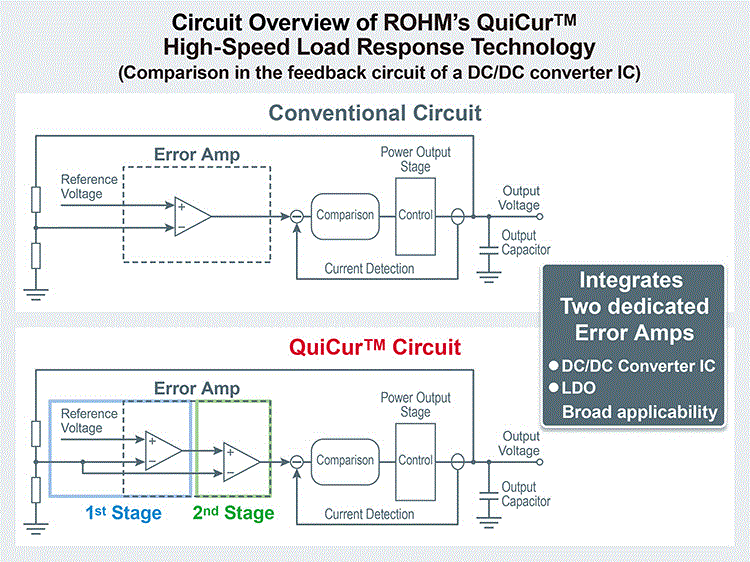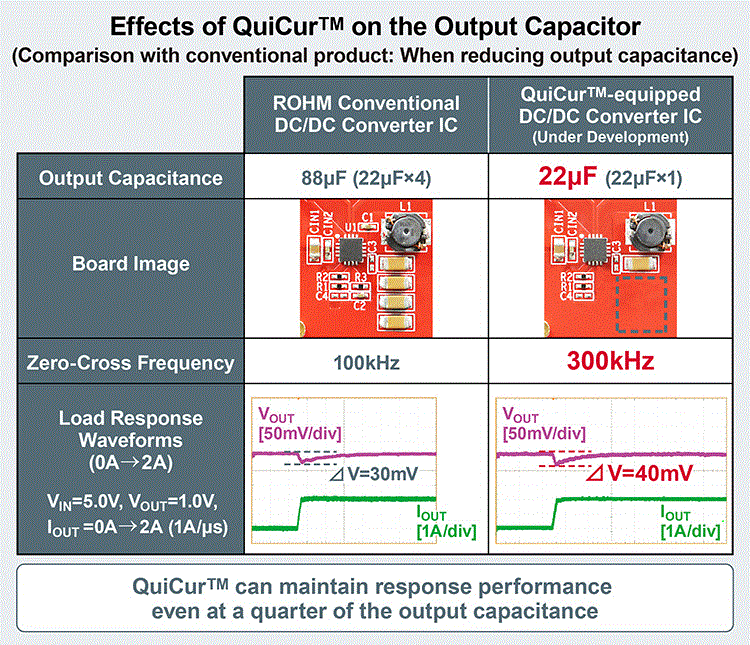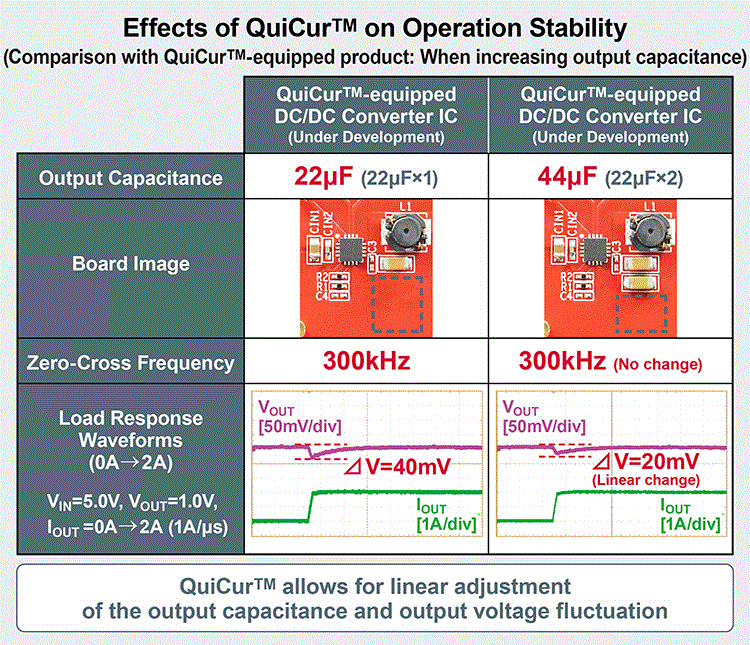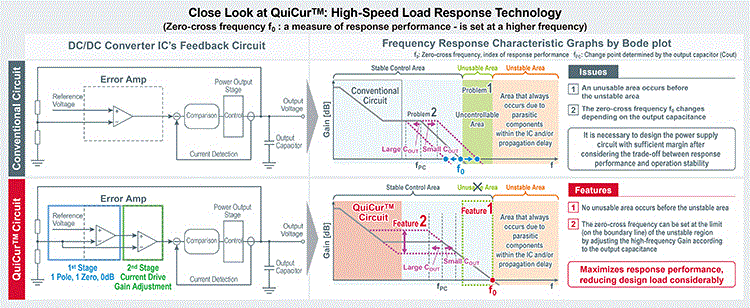Manufacturers
- Abracon
- Adam Tech
- Aerospace, Defense & Marine
- Agastat
- AIC
- AKM Semiconductor
- Alcoswitch
- Allegro
- Alps Electric
- Altera
- AMI Semiconductor
- AMP
- ams
- Analog Devices (ADI)
- Aptina Imaging
- Atmel
- Avago / Broadcom
- AVX
- Axicom
- Bccomponents
- Beyschlag
- BI Technologies
- Bourns Inc.
- Bowei Integrated Circuits
- Bridgelux
- Buchanan
- California Micro Devices
- Catalyst Semiconductor
- CGS
- Cirrus Logic
- Citizen Electronics
- CML Microcircuits
- Coiltronics
- Cooper Bussmann
- Corcom
- Core Logic
- Cree
- CSR PLC
- CTS
- Cypress Semiconductor
- Dale
- Data Image
- Deutsch
- Diodes Incorporated
- DOMINANT Opto Technologies
- E-T-A
- Eaton
- ECS
- Edison Opto
- Elcon
- EPCOS
- Epistar
- Epson
- Everlight Electronics
- Exar
- Fairchild Semiconductor
- FCI
- Freescale Semiconductor
- Fremont Micro Devices (FMD)
- Fujitsu Semiconductor
- Fulltech Electric
- General Semiconductor
- Harvatek
- Holsworthy
- Hsuan Mao Technology
- IDT
- Infineon Technologies
- Innolux
- International Rectifier (IR)
- Intersil
- IRC
- ISSI
- IXYS-IC
- Jing Cheng Electronical
- JL World
- Johanson Dielectrics
- Johanson Technology
- JRC / NJR
- JST
- KEC
- Kilovac
- Kingbright
- Kyocera Industrial Ceramics
- LEDiL
- Linear Technology / ADI
- Lite-On Technology
- Littelfuse
- Lumex
- Lumileds
- Luminary Micro
- Luminus Devices
- Macronix
- Maojwei / ZJPT
- Maxim Integrated
- MCC
- Mean Well Enterprises
- Microchip Technology
- Micron
- Microsemi
- Mini-Circuits
- Molex
- Murata Manufacturing
- Murata Power Solutions
- MWT
- National Semiconductor
- Nichicon
- Nippon Chemi-Con
- NJR / JRC
- NVE
- NXP Semiconductors
- OEG
- Omnivision
- ON Semiconductor
- Optek Technology
- Optrex
- OSRAM Opto Semiconductors
- OTAX
- Panasonic
- Peregrine(pSemi)
- Potter & Brumfield
- Power Integrations
- PowerStor
- Preci-Dip
- Prewell
- Products Unlimited
- Pulse Electronics
- PulseCore Semiconductor
- Qorvo
- Raychem
- Renesas Electronics
- RFMD
- Richtek Technology
- ROHM Semiconductor
- Rubycon
- Samsung Electro-Mechanics
- Samsung Semiconductor
- Schaffner
- Schrack
- Seiko Instruments, Inc. (SII)
- Semtech
- Sensata
- Seoul Semiconductor
- Sfernice
- Sharp Display
- Sharp Microelectronics
- Silicon Labs
- Siliconix
- Skyworks Solutions
- SoniCrest / JL World
- Spansion
- Sprague
- Stanley Electric
- STMicroelectronics
- Sunny Electronics
- Susumu (SSM)
- Taimag
- Taiyo Yuden
- TDK
- TDK-Lambda
- TE Connectivity
- Teccor
- Texas Instruments (TI)
- Thin Film
- Tianma Micro-electronics
- TOCOS
- TOKO
- Toshiba Electronic Components
- TT Electronics
- Tusonix
- TXC
- Tyntek
- Vishay
- Vishay Precision Group
- Vitramon
- Walsin Technology
- Weidmuller
- Welwyn
- Wickmann
- Winbond
- Xilinx
- Yageo
- Zetex Semiconductors
- ZJPT / Maojwei
뉴스
ROHM Establishes QuiCur™, that Maximizes the Response Performance of Power Supply ICs
2022-03-24 | 반환ROHM established QuiCur™, a new power supply technology that improves the load transient response characteristics (response performance involving response speed, and voltage stability of subsequent stage) of DC/DC converter ICs (Switching regulators) and LDOs (Linear regulators).
In recent years, the continuing electrification of applications in all areas has increased the number of electronic components along with design resources required. As such there is a rising demand to reduce the number of capacitors used for a variety of purposes, such as stabilizing electronic circuits. What’s more, to reduce the design load for power supply circuits when changing specifications, high quality power supply ICs that deliver excellent response performance and the capability to provide stable operation are required.
Generally, power Supply IC constantly monitors the output voltage to ensure stable power supply functionality and includes a feedback circuit that fine-tunes the output voltage by comparing with an internal reference voltage. Providing faster response makes it possible to reverse changes in the output voltage caused by fluctuations in input voltage and/or load current in a shorter time. On the other hand, shortening the response time too much can cause the circuit operation to become unstable and the output voltage to oscillate, and as the response speed is also affected by output capacitance, until now it has been difficult to achieve the desired response performance.
Incorporating the newly developed high-speed load response technology QuiCur™ in power supply ICs makes it possible to achieve the ideal performance without causing instability in feedback circuits. Not only can the number of external components and mounting area be reduced by minimizing the capacitance of the output capacitor required by the power supply IC, but linear adjustment of the capacitance and output voltage fluctuations (negative constant proportional relationship) is enabled, ensuring stable operation even when the capacitance increases due to specification changes. This contributes to a significant reduction in power supply circuit design resources by providing stable operation with fewer external components.
ROHM is currently working to commercialize QuiCur™-equipped power supply ICs, with plans to ship samples of DC/DC converter ICs in April and LDOs in July of this year.
Learn more about the QuiCur™ Power Supply Technology please click here.


QuiCur™ High-Speed Load Response Technology’s contribution
QuiCur™ is named after ROHM’s original Quick Current circuit that provides high-speed load response. This allows removing a traditional constraint for ICs stability compensation and allows to achieve ideal load transient response characteristics without causing instability in feedback circuits. The following features contribute to reducing the design load of power supply circuits in a variety of applications.
1. Reduces the number of capacitors along with board mounting area
QuiCur™ can quickly respond to output fluctuations in response to load current, decreasing the number of external components together with board space by minimizing the output capacitance required by the power supply IC. As a result, response performance equivalent to ROHM’s conventional products can be achieved with less than half the capacitance.

2. Easily achieves stable operation even when specifications change
As the output capacitance increases the output voltage becomes more stable, but the instantaneous response performance (time to react) deteriorates. QuiCur™ enables linear adjustment (negative constant proportional) of both the output capacitance and output voltage fluctuation since the instantaneous response performance does not change even when the output capacitance increases. This makes it easy to achieve stable operation even when greater stability is required due to specification changes (to further reduce output voltage fluctuations).

QuiCur™ Technology’s detail
QuiCur™ solves the two problems of conventional power supply IC feedback circuits when pursuing maximum response performance, namely, (1) the unusable region generated in the frequency range lower than the unstable area, and (2) variations in the zero-cross frequency (f0) due to the output capacitance, by fully dividing the roles of signal processing for response speed (control system) and voltage stability (compensation system). The first problem was solved by utilizing a dedicated error amp that does not generate an unusable area in the feedback circuit. And for the second problem, we adopted a dedicated second-stage error amp and introduced technology that allows the amplification factor (gain) to be adjusted by current drive. Although the zero-cross frequency may vary depending on the connected output capacitance, by adjusting the amplification factor, the zero-cross frequency can always be set at the limit (on the boundary line) between the unstable and stable control regions. This system, in which the roles of the two error amps are shared, is widely applicable to power supply ICs such as DC/DC converter ICs and LDOs that incorporate feedback circuits.

Combining with Nano Cap™ Ultra-Stable Control Technology
Nano Cap™ provides stable control of the linear regulator output by improving response in analog circuits while minimizing parasitic factors related to wiring and amplifiers. This allows the output capacitance to be reduced to less than 1/10th that of conventional solutions, eliminating the need for a capacitor at the output of the linear regulator and ensuring stable operation with just a 100nF capacitor at the MCU side. Although QuiCur™ alone can reduce the output capacitance to the order of μF, combining with Nano Cap™ brings this down to the order of nF.

Click on the URL below for more information on Nano Cap™.
https://www.rohm.com/support/nano.
Terminology
▶Load Transient Response Characteristics (Load Response), Load Current
From the point of view of the power supply IC, all electronic circuits in the subsequent stages, including MCUs and sensors, can be considered ‘loads’. When these loads operate, the load current fluctuates, causing the output voltage of the power supply IC to undershoot (drop) or overshoot. Load transient response characteristics refer to the response time until the changed voltage due to load current fluctuations is restored and the power supply stabilizes.
▶Zero-Cross Frequency (Gain Crossover Frequency)
Refers to the frequency at which the amplification factor (gain) of a circuit reaches 0dB in application circuits and semiconductors that deal with feedback circuits, such as op amps and power supply ICs. This indicates the load transient response characteristics and circuit stability (phase margin) for preventing oscillation.
Source: https://www.rohm.com





